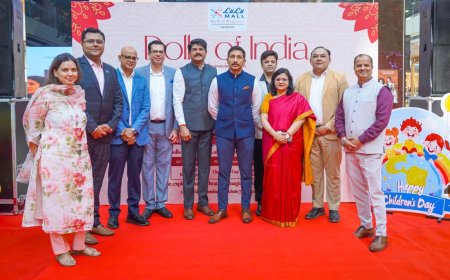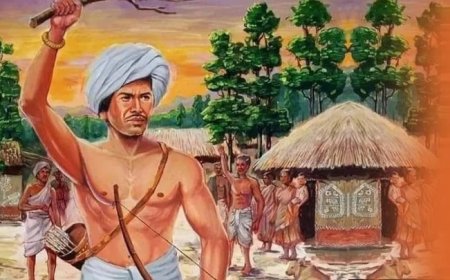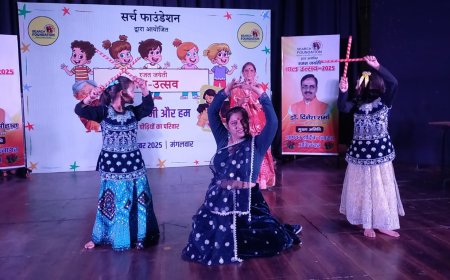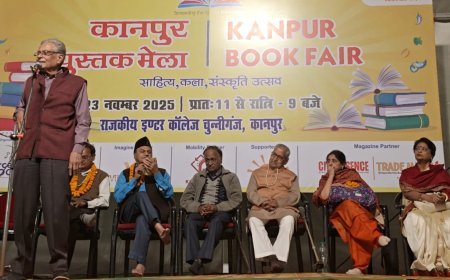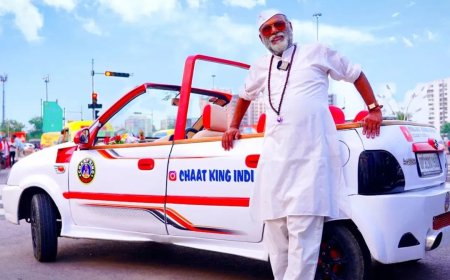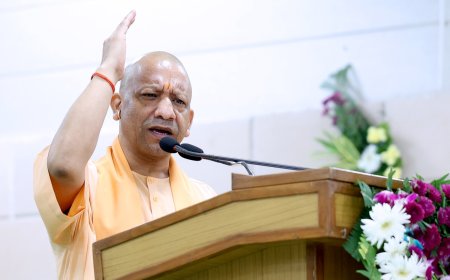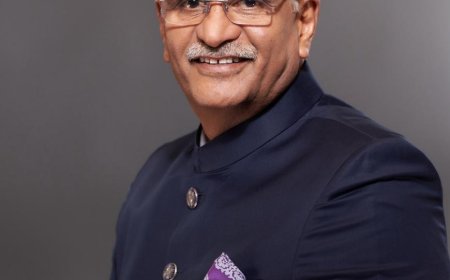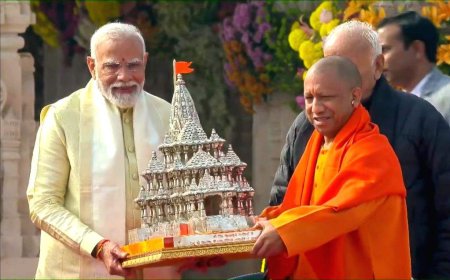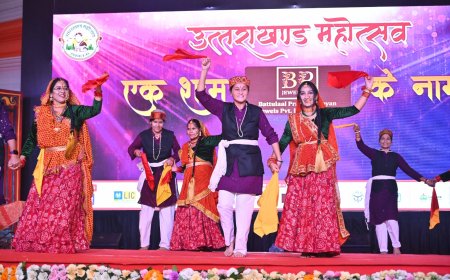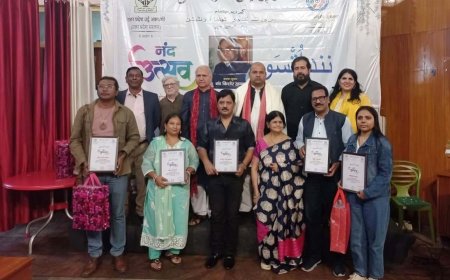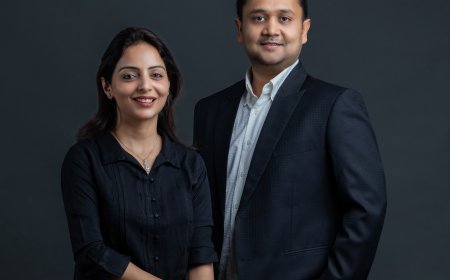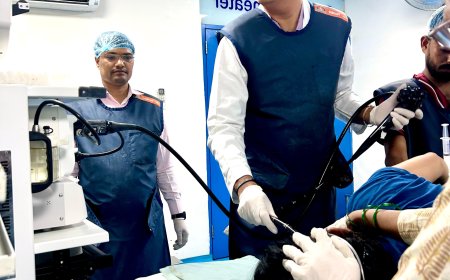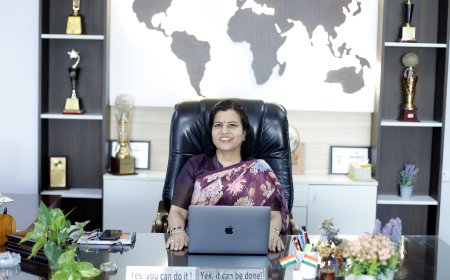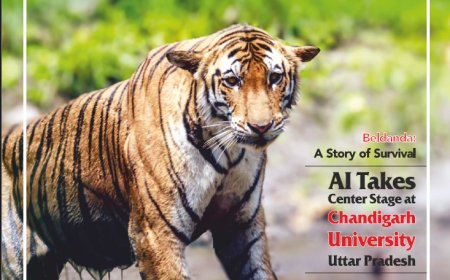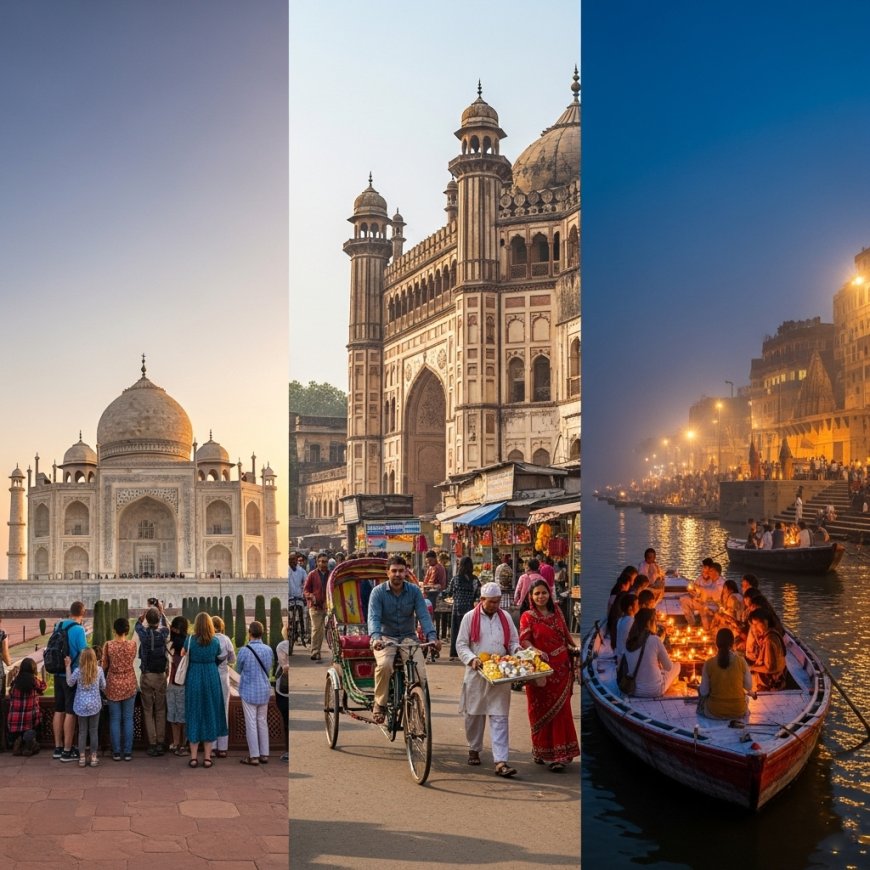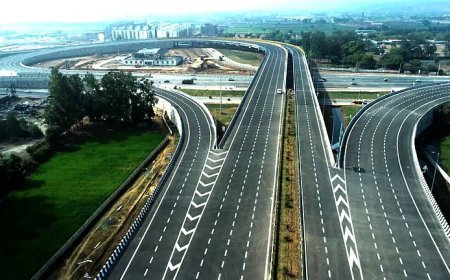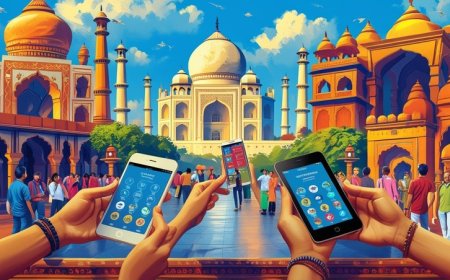Tourism Reborn: Inside UP’s Heritage Circuit Renaissance
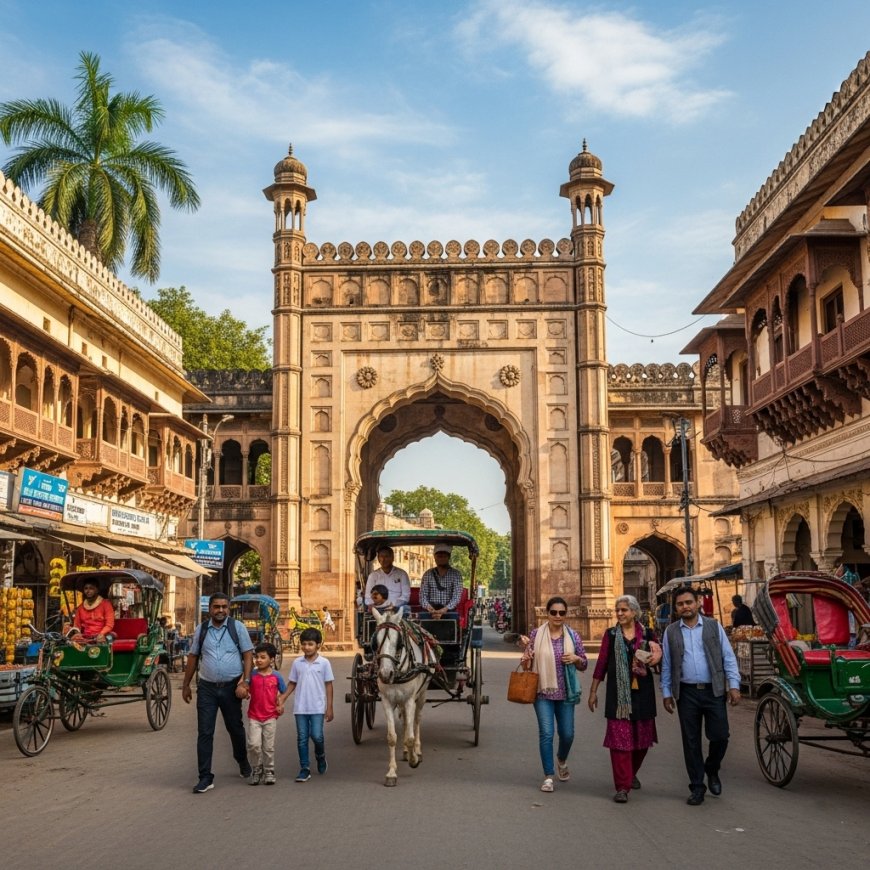
In the cradle of ancient civilizations, where the Yamuna whispers secrets of the Taj Mahal and the Ganges echoes tales of spiritual awakening, Uttar Pradesh is scripting a new tourism story. Under Chief Minister Yogi Adityanath’s ambitious vision, the state is revitalizing its famed Heritage Arc – a 700-km cultural corridor linking Agra, Lucknow, and Varanasi – and transforming monuments once in decay into dynamic economic engines.
First imagined in 2014, the Arc has now become the nucleus of a multi-billion-rupee renaissance blending adaptive reuse, sustainable infrastructure, and global promotion. The aim is clear: to draw 80 crore tourists by 2028 and position tourism as a cornerstone of India’s $1 trillion economy dream.
The numbers already speak volumes. The Maha Kumbh 2025 in Prayagraj shattered attendance records, pulling in over 30 crore pilgrims and generating revenues running into lakhs of crores. Heritage tourism, once a niche, is now a juggernaut powering Uttar Pradesh’s growth engine.
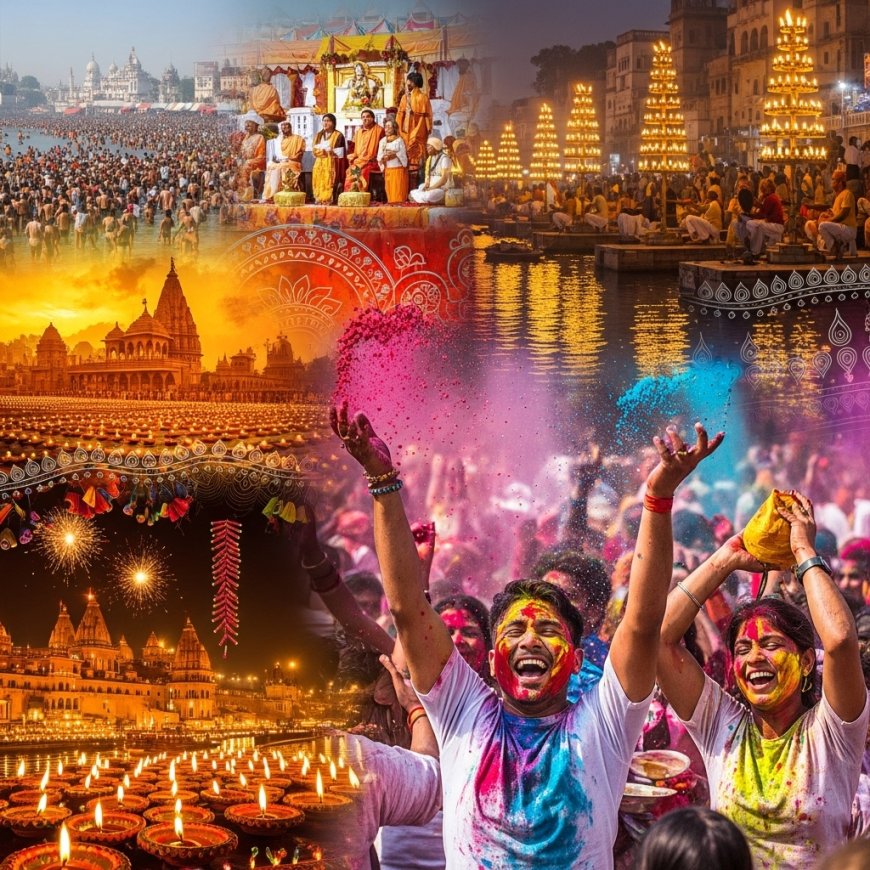
The Crown Jewel of UP’s Tourism
The Heritage Arc is more than geography; it’s a narrative tapestry weaving together Mughal grandeur in Agra, Awadhi elegance in Lucknow, and Vedic sanctity in Varanasi. Modeled partly on Rajasthan’s heritage tourism success, the Arc emphasizes “adaptive reuse” – converting historic forts, palaces, and havelis into boutique hotels, cultural centers, and artisan villages.
In July 2025, the state cabinet cleared a Heritage Tourism Policy to invite private investments under the DBFOT (Design, Build, Finance, Operate, Transfer) model. E-bidding deadlines in September have already attracted dozens of proposals, including the revival of Lucknow’s Residency ruins and Agra’s Mughal-era structures.
“This isn’t mere restoration; it’s resurrection,” says Mukesh Meshram, Principal Secretary of Tourism and Culture. “We’re turning relics into revenue generators, preserving history while creating jobs for artisans and youth.”
Circuits Beyond the Arc
While the Arc is the flagship, Uttar Pradesh is rolling out 12 thematic tourism circuits to ensure inclusivity.
- The Ramayana Circuit traces Lord Rama’s journey from Ayodhya to Chitrakoot.
- The Buddhist Circuit highlights Sarnath and Kushinagar, cementing UP as a global hub for Buddhist pilgrims.
- The Krishna-Braj Circuit celebrates Mathura-Vrindavan’s Holi fervor.
- The Shakti Peeth Circuit honors divine feminine shrines across the state.
Newer initiatives like the Sufi-Kabir Circuit and the Bundelkhand Circuit integrate folk music, tribal crafts, and eco-tourism, ensuring every region has a stake in the tourism story.
Infrastructure for Seamless Travel
Tourism thrives on access, and UP is investing heavily. The Agra-Lucknow Expressway now cuts travel time to under four hours. Regional air connectivity links smaller cities with the Arc’s big three.
The 2025-26 state budget allocated ₹2,026 crore to tourism, including ₹400 crore under the Chief Minister’s Tourism Sites Development Scheme. Ropeways in Chitrakoot, eco-lodges in Dudhwa, and smart amenities in major towns are already under construction.
Selling UP to the World
Global promotion is key. At the PATA Travel Mart 2025 in Bangkok, UP’s pavilion unveiled the “Bodhi Yatra” – a curated Buddhist trail with VR tours of stupas, sparking partnerships with airlines and international investors.
Back home, the TTAUP Travel Mart in Lucknow closed B2B deals worth crores, focusing on heritage walks, homestays, and cultural festivals. The Rural Tourism Conclave 2025 honored 40 village hosts trained to narrate folktales and curate immersive experiences.
People are abuzz. One hailed the Heritage Arc as “UP’s 4D chess for tourism”, while another pushed for branding UP’s “spiritual heritage” to attract global investments.
Tourism’s Ripple Effect
Tourism is now UP’s fastest-growing sector, contributing 5% to state GDP, up from 2% a decade ago. Post-Maha Kumbh, Prayagraj alone generated ₹2 lakh crore in revenue, with handicraft sales rising by 40%.
Adaptive reuse projects are set to create 50,000 direct jobs in hospitality and guiding. Eco-tourism in the Blackbuck Sanctuary and along the Chambal River offers biodiversity protection alongside livelihoods. Festivals like Ayodhya Deepotsava 2024, with its LED-lit Ramayana spectacles, drew 10 million visitors, amplifying UP’s global footprint.
“Tourism isn’t just visits; it’s vitality,” says Tourism Minister Jaiveer Singh. “It fuses heritage with modernity while empowering locals.”
The Challenges Ahead
But progress isn’t without pitfalls. Overcrowding at the Taj Mahal has prompted sustainability measures, from plastic bans to digital ticketing caps. Skill shortages in digital marketing and heritage guiding remain hurdles, while equitable revenue distribution is vital to prevent circuits like Bundelkhand from being overshadowed.
Critics caution against over-commercialization diluting authenticity. Yet success stories abound: in Varanasi, restored ghats have revived traditional weaving, boosting artisans’ incomes by 30%.
In Agra’s shadow of eternal love, Lucknow’s labyrinth of kebabs, and Varanasi’s eternal flames, Uttar Pradesh is not merely boosting tourism – it is breathing life into its soul. The Heritage Circuit is more than a path. It is a promise of inclusive prosperity, where every stone tells a story of revival.
What's Your Reaction?







